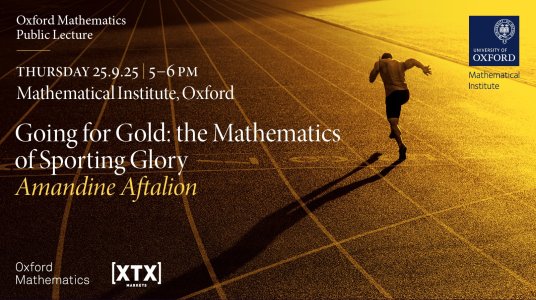Structural mechanics plays a crucial role in soft matter physics, mechanobiology, metamaterials, pattern formation, active matter, and soft robotics. What unites these seemingly disparate topics is the natural balance that emerges between elasticity, geometry, and stability. This seminar will serve as a high-level overview of our work on several problems concerning the stability of structures. I will cover three topics: (1) shapeshifting shells; (2) mechanical metamaterials; and (3) elastogranular mechanics.
I will begin by discussing our development of a generalized, stimuli-responsive shell theory. (1) Non-mechanical stimuli including heat, swelling, and growth further complicate the nonlinear mechanics of shells, as simultaneously solving multiple field equations to capture multiphysics phenomena requires significant computational expense. We present a general shell theory to account for non-mechanical stimuli, in which the effects of the stimuli are
generalized into three forms: those that add mass to the shell, those that increase the area of the shell through the natural stretch, and those that change the curvature of the shell through the natural curvature. I will show how this model can capture the morphogenesis of the optic cup, the snapping of the Venus flytrap, leaf growth, and the buckling of electrically active polymer plates. (2) I will then discuss how cutting thin sheets and shells, a process
inspired by the art of kirigami, enables the design of functional mechanical metamaterials. We create linear actuators, artificial muscles, soft robotic grippers, and mechanical logic units by systematically cutting and stretching thin sheets. (3) Finally, if time permits, I will introduce our work on the interactions between elastic and granular matter, which we refer to as elastogranular mechanics. Such interactions occur across all lengths, from morphogenesis, to root growth, to stabilizing soil against erosion. We show how combining rocks and string in the absence of any adhesive we can create large, load bearing structures like columns, beams, and arches. I will finish with a general phase diagram for elastogranular behavior.



